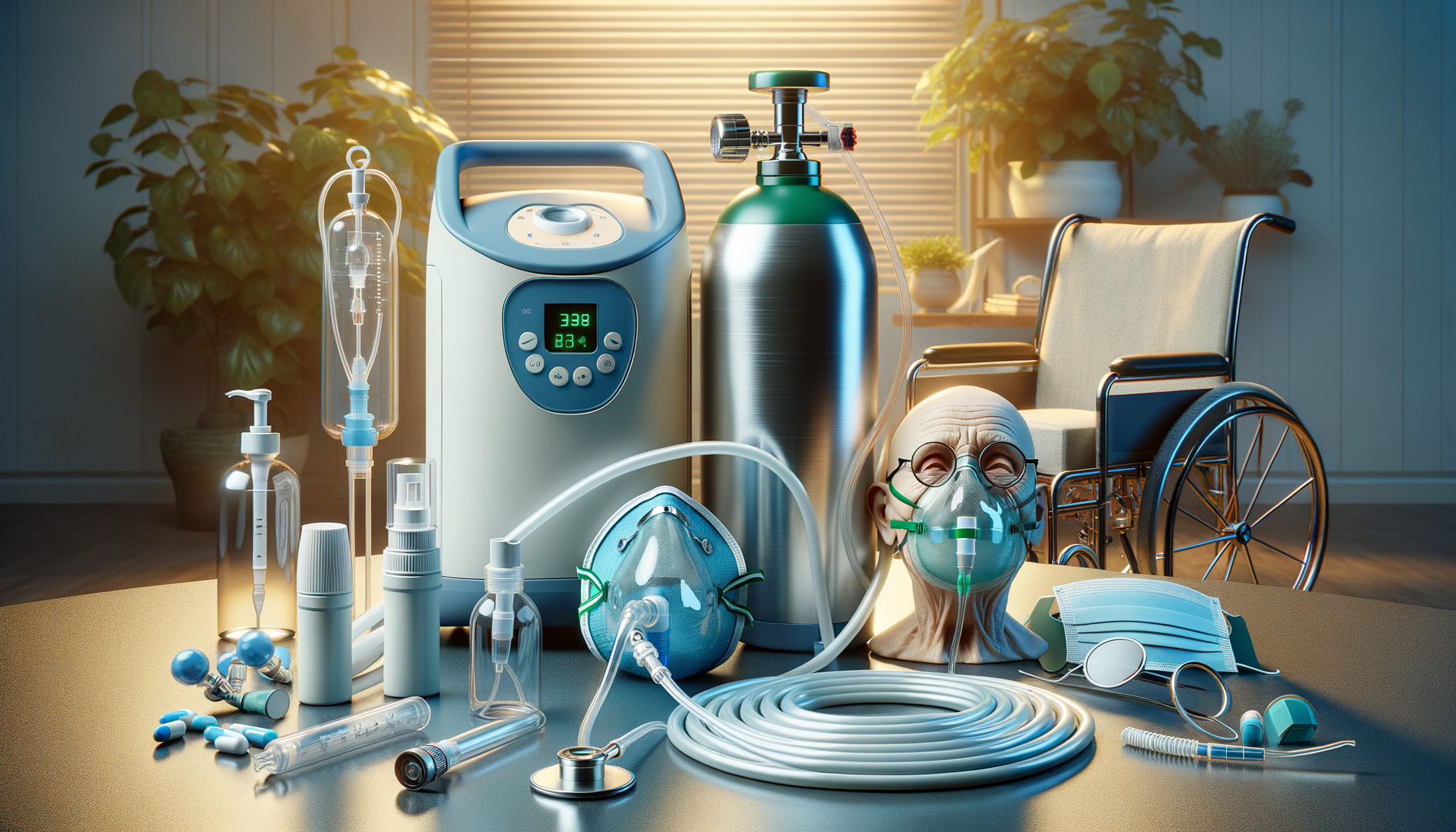What Oxygen Therapy Can Offer Elderly Individuals With COPD
Does shortness of breath significantly impact daily life? Understanding how supplemental oxygen might assist with respiratory challenges can be beneficial. This offers a look into one potential approach for supporting breathing difficulties.

Introduction to Oxygen Therapy for COPD
Chronic Obstructive Pulmonary Disease (COPD) is a common respiratory condition that primarily affects elderly individuals. It leads to difficulty in breathing, which can significantly hamper daily activities and overall quality of life. Oxygen therapy has emerged as a valuable treatment option for those suffering from COPD. By providing supplemental oxygen, this therapy aims to improve the oxygen levels in the blood, thereby easing the symptoms of COPD. The relevance of oxygen therapy in the management of COPD cannot be overstated, as it not only alleviates symptoms but also enhances the overall well-being of patients.
Benefits of Oxygen Therapy for Elderly Individuals with COPD
The benefits of oxygen therapy for elderly individuals with COPD are numerous and well-documented. One primary advantage is the reduction in shortness of breath, which is a common symptom among COPD patients. By improving oxygen saturation levels in the blood, patients often experience a decrease in fatigue and an increase in energy levels. This can lead to greater participation in daily activities and improved physical endurance.
Moreover, oxygen therapy can also help in reducing the risk of complications associated with COPD. For instance, maintaining adequate oxygen levels can prevent the onset of heart-related issues, which are often exacerbated by low oxygen saturation. Additionally, oxygen therapy can contribute to better sleep quality, as it reduces the occurrences of nocturnal hypoxemia, a condition characterized by low oxygen levels during sleep.
In summary, the benefits of oxygen therapy for elderly individuals with COPD extend beyond mere symptom relief. It plays a crucial role in enhancing the overall health and quality of life for these patients, making it an essential component of COPD management.
How Oxygen Therapy Improves Quality of Life for COPD Seniors
Oxygen therapy significantly improves the quality of life for seniors with COPD by addressing both physical and emotional aspects of the disease. Physically, the therapy ensures that patients receive adequate oxygen, which is vital for the proper functioning of organs and tissues. This improvement in oxygen delivery can lead to increased mobility and independence, allowing seniors to engage more actively in their daily routines.
Emotionally, oxygen therapy provides a sense of security and reassurance for patients and their families. Knowing that they have a reliable method to manage their symptoms can reduce anxiety and stress levels. This emotional relief is crucial, as mental well-being is closely linked to physical health, especially in chronic conditions like COPD.
Furthermore, oxygen therapy can facilitate social interactions by enabling seniors to participate in social activities without the fear of experiencing debilitating symptoms. This social engagement is vital for mental health and can prevent feelings of isolation and depression, which are common among elderly individuals with chronic illnesses.
Overall, oxygen therapy is a key factor in improving the quality of life for COPD seniors, providing them with the tools they need to lead a more fulfilling and active life.
Essential Oxygen Therapy Guidelines for Elderly COPD Patients
For elderly COPD patients, adhering to essential oxygen therapy guidelines is crucial to maximize the benefits of the treatment. One of the primary guidelines involves the accurate assessment and prescription of oxygen levels. It’s important that healthcare providers determine the appropriate oxygen flow rate tailored to each patient’s needs, as this ensures optimal oxygen delivery without causing potential side effects.
Patients should also be educated on the proper use and maintenance of oxygen equipment. This includes understanding how to operate oxygen concentrators, tanks, or liquid systems, as well as knowing how to troubleshoot common issues. Regular maintenance and timely replacement of equipment parts are necessary to ensure uninterrupted therapy.
Another important guideline is monitoring and recording oxygen levels regularly. Patients and caregivers should be equipped with pulse oximeters to track oxygen saturation levels, allowing for timely adjustments to the therapy as needed. This self-monitoring can prevent complications and ensure the therapy remains effective.
Lastly, patients should be encouraged to maintain regular follow-up appointments with their healthcare providers. These visits are essential for assessing the effectiveness of the therapy, making necessary adjustments, and addressing any concerns that may arise.
By following these essential guidelines, elderly COPD patients can effectively manage their condition and enjoy the full benefits that oxygen therapy has to offer.